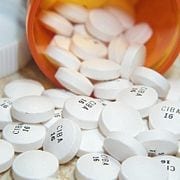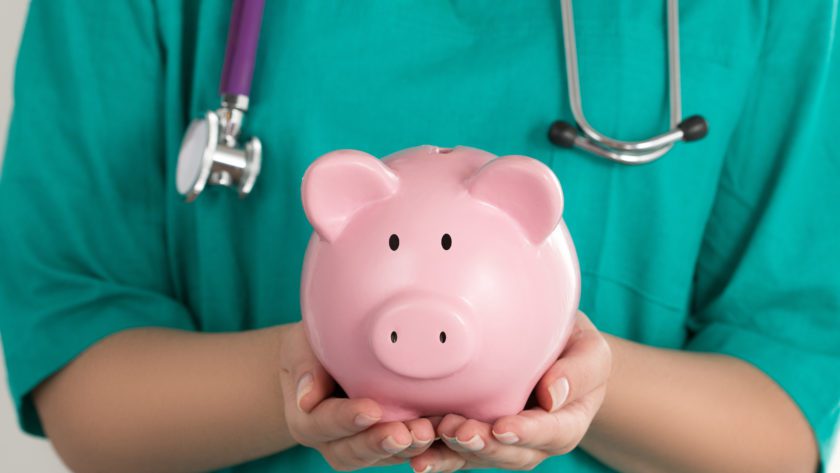If you’re having difficulty paying your bills and face the decision to sacrifice your health care to make ends meet, you’re not alone. In a recent study, one in three Americans reports having problems paying their medical bills.
As a result, patients are skipping doctor appointments, ceasing or reducing their medication, and postponing surgery or treatment to save money. Making such changes without consulting your physician is risky and can jeopardize your condition.
Before you take shortcuts with your health, consider the following ways to reduce your medical expenses and increase the value of your health care dollars:
1. Continue or start a healthy daily routine of physical activity and nutritious eating to reduce or maintain a healthy weight and ward off illness and disease. Also, moderate alcohol and eliminate beverages that contain empty calories.
2. Switch to generic brands for prescription medications under your physician’s advisement. Generic drugs contain the same active ingredient(s) as the name-brand versions.
Generics are less expensive because the generic drug manufacturer does not invest money in drug research and development or in government approval of a new drug nor does it spend money on media marketing (i.e. print, television, internet, etc.).
The Food and Drug Administration requires that generic brands are the same as the brand-name drugs in the following ways:
- Dosage
- The way it is administered
- Safety
- Strength
- Quality
- Purity
 3. Check large warehouse membership club chains (e.g. Costco) that purchase high volumes for savings on prescription drugs. These stores have both onsite and online/mail-order pharmacies, so pricing is available online.
3. Check large warehouse membership club chains (e.g. Costco) that purchase high volumes for savings on prescription drugs. These stores have both onsite and online/mail-order pharmacies, so pricing is available online.
Costco will ship your prescription FREE via USPS from Everett, WA (allow 6-11 days to receive your order). Acceptable insurance plans are listed online.
4. Ask your pharmacy to compare pricing using your AAA membership as well as your health insurance plan. Pharmacies, such as Walgreen’s, Safeway, and Rite-Aid, have partnered with AAA and offer discounts using AAA Prescription Savings.
5. Stay on top of routine screenings for diseases specific to men and women. It is a lot easier (and thus, less expensive) to treat diseases — such as cancer, hypertension, heart disease, and diabetes — in their early stages.
6. If you don’t have health, dental, and/or vision insurance, then ask questions. Some hospitals, doctors, dentists, and optometrists will discount their fees to the uninsured. Also, many communities have clinics that offer discounted care and low-cost screenings. Some university health centers provide free medical and preventive care to students.
7. Find out if you are eligible for a patient assistance program. These programs are usually sponsored by drug manufacturing companies and provide prescription medications to the needy who do not have drug coverage through a health plan. Most patients that qualify fall under the following three criteria:
- Do not have outpatient prescription insurance coverage
- Do not qualify for government programs (e.g. Medicaid)
- Do not have the means to pay for their medicines. (Subject to the discretion of the drug company.)
Good places to start checking into patient assistance programs are: RxAssist (a pharmaceutical access information center) and The Medicine Program (a patient assistance program).
8. Consult with your employer or insurance agent to review your health plan benefits and be sure your options are compatible with your needs. If you have a child in college, check into the university’s health insurance plan as it can often be less expensive and more comprehensive.
Also, consider switching to your spouse’s insurance if it can accommodate your needs and is more affordable.
The above cost-cutting tips may require time to explore, so take time now to research possible options that can save you money.

